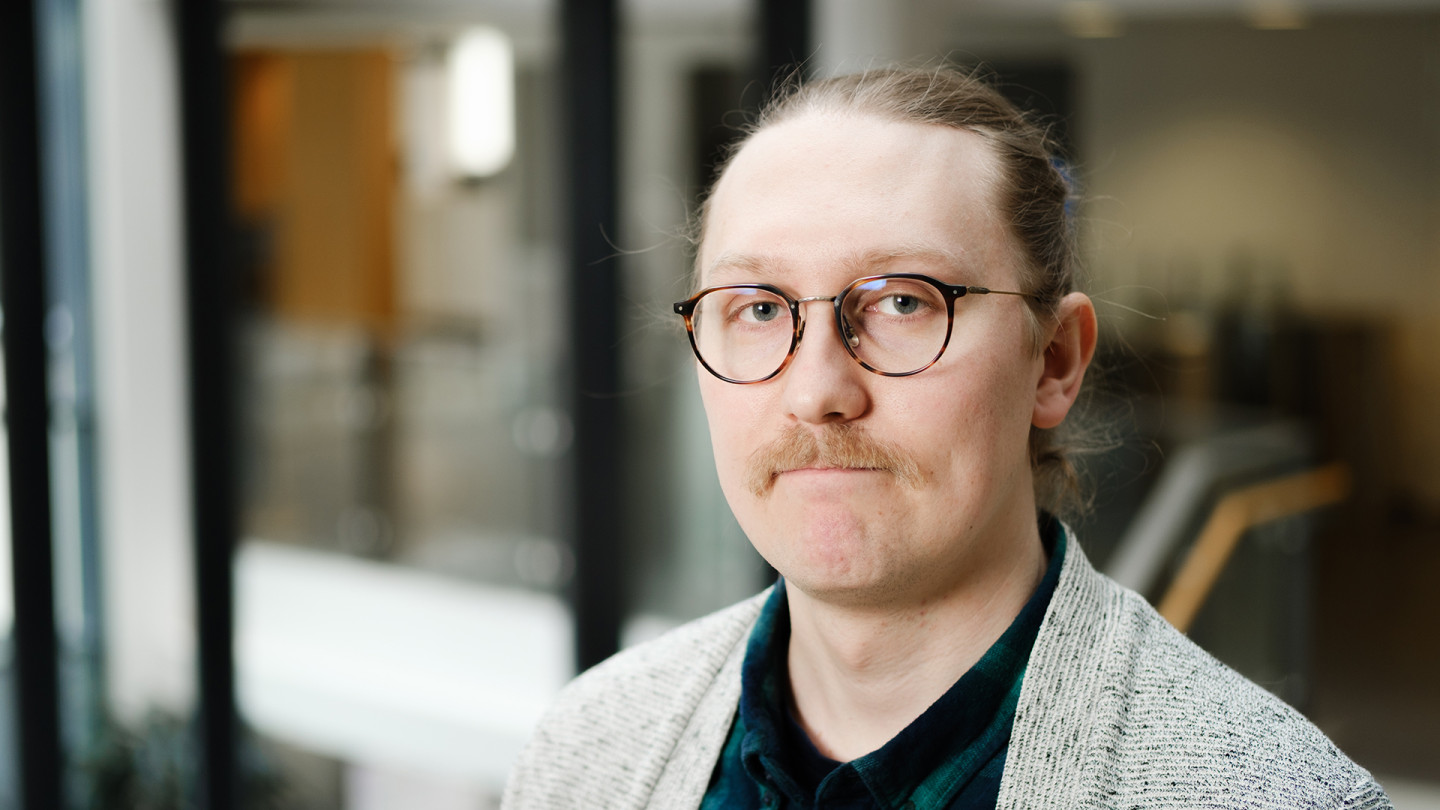Dissertation: Patient freedom of choice can enhance public healthcare provision, financial incentives have increased the use of medical imaging in private clinics

Healthcare markets have distinctive features that set them apart from markets for other goods and services. For example, the public sector plays an exceptionally large role since it produces, funds and regulates healthcare services. Services are unusual from patients’ perspective because, for example, they are not able to evaluate benefits and costs of services even in retrospect, as this requires medical expertise. Konsta Lavaste examined these kinds of special features of healthcare markets in his dissertation using Finnish data.
Patient choice can improve public healthcare provision
The first article of the dissertation examines the effects of patient choice in public specialised healthcare. Four hospital districts in South-West Finland implemented a patient choice reform where planned surgical patients were allowed to choose their hospitals. Waiting times shortened significantly, while neither clinical quality nor surgical expenditure was affected.
"Patient choice has the potential to significantly improve public healthcare provision," Konsta Lavaste notes. "If patients choose based on waiting times, those queues can shorten considerably. The impact on an individual’s quality of life can be significant if, for example, a person needs to live with a painful knee for a month less before receiving a joint replacement."
Financial incentives have led to overuse of some imaging modalities in private healthcare
The second article studies whether economic incentives have led to excessive use of imaging among private healthcare providers. The incentives are significant especially when the patient has private insurance, since an insured person is not primarily concerned with the price of the service, but rather with getting the most comprehensive assessment of their condition. The study finds that insured patients underwent excessive X-ray and ultrasound imaging.
"It is known that excessive imaging is a significant problem in all kinds of healthcare systems, but there is much less research on its causes. I show that financial incentives have led to overuse of some imaging modalities in Finland. This is not beneficial for the patient, because even though the insured person would not incur financial losses, exposure to radiation, for example, can have negative health effects," Lavaste states.
Voluntary private health insurance is associated with education and income rather than supply of healthcare services
The third article examines what factors are associated with the popularity of voluntary private health insurance. Travel time to the nearest health centre or private clinic has little association with its popularity, and neither do user fees. Instead, insurance is more common in areas where education and income levels are higher.
"The result indicates that the popularity of private health insurance is not based on, for example, the availability of public primary care, but mainly on the preferences of higher-educated and higher-income groups for private healthcare."
M.Sc. (Econ.) Konsta Lavaste will defend his doctoral dissertation in Economics “Payers, providers and patients: Studies on healthcare markets in Finland” on Friday, October 10, 2025, at 12 noon in the Assembly Hall (S212) of the Seminarium building. Professor Ismo Linnosmaa (University of Eastern Finland) will serve as the opponent and Professor Jaakko Pehkonen (University of Jyväskylä) as the custos. The event is held in Finnish.
Follow the public examination via live stream.
Explore Konsta Lavaste’s dissertation.
More information:
Konsta Lavaste
konsta.lavaste@thl.fi


